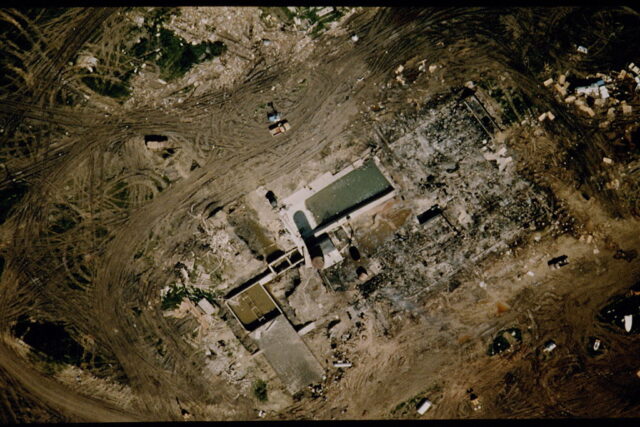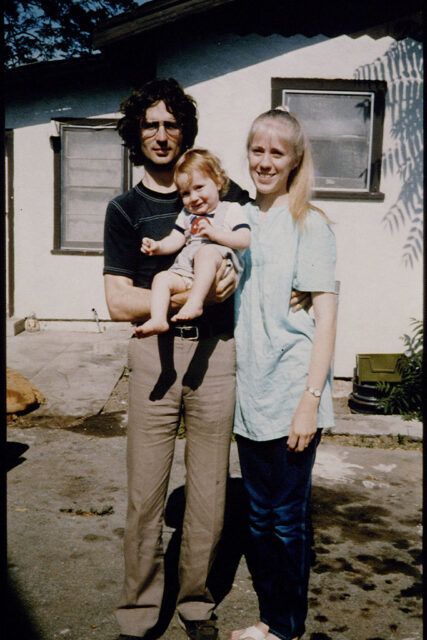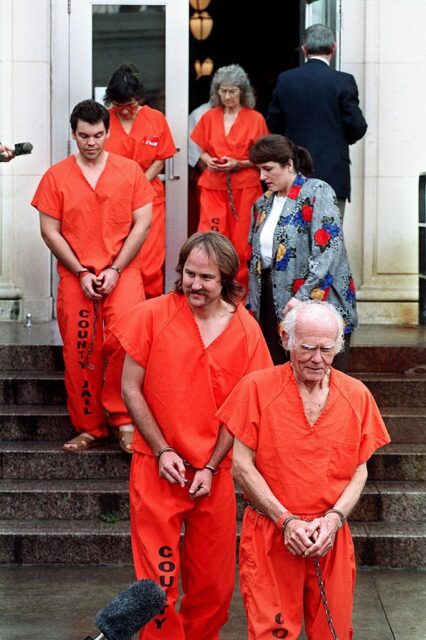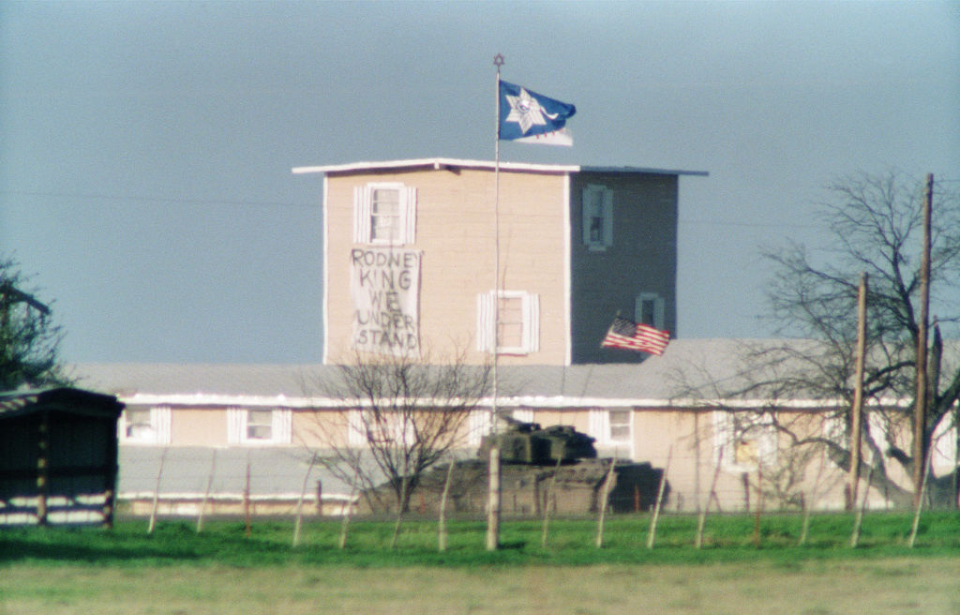Netflix has released its latest docu-series, and it’s full of everything that viewers love: a strange and larger-than-life leader, fanatic cult followers, and a dramatic climax. Waco: American Apocalypse is a three-part retelling of the events of the Waco siege, the largest gunfight on American soil since the Civil War. Read on for the tragic story of the 1993 shootout between the Branch Davidians, the FBI, and the Bureau of Alcohol, Tobacco, and Firearms.
Branch Davidians
The Branch Davidians, an apocalyptic religious cult, made their headquarters at a compound called the Mount Carmel Center just outside Waco, Texas. Their leadership changed hands many times over the years. When Vernon Howell, better known as David Koresh, joined the group in 1981, everything changed. He claimed to be a prophet, putting himself in direct conflict with the current group leader, George Roden.

Trying to disprove Koresh’s proclaimed gifts, Roden challenged him to raise someone from the dead and allegedly exhumed the body of a Davidian who had died two decades prior. Koresh took the opportunity to report this to the police, hoping that it would remove the man standing between him and Davidian leadership. In November 1987, the pair got into a shootout when Koresh and seven of his followers, who had been exiled, tried to sneak into the compound to get proof of his claims to the police.
David Koresh
Although it didn’t happen the way he wanted, Roden was arrested when police arrived during the fight. Koresh eventually walked free, taking control of the cult. In the years that followed, he preached about a coming apocalypse and had his group prepare. He also prohibited men from having sex with their wives, as only Koresh could produce the ‘children of the future.’ He was openly polygamous.

More concerning, however, was that Koresh forced many of the young girls to have sexual relationships with him. These rumors didn’t escape the notice of the public, who were well aware of what happened at the compound. In fact, a local newspaper even published an article on child abuse among the Davidians. They also detailed the stockpiling of guns and other weapons within Mount Carmel.
The Waco siege
The ATF had already been watching Koresh and his followers in the months prior to the report and had even planted an agent undercover, Robert Rodriguez. They decided after the article was published to issue a search warrant on February 28, 1993. The raid came as no surprise, so the heavily armed Davidians were ready. Although Koresh allegedly wanted to talk things out before a fight started, someone fired the first shot and the Waco siege began.

On the first day, six Davidians and four ATF agents were killed. The FBI sprung into action to help with negotiations. The siege lasted 51 days, during which many of the women and children at the compound were released to the police. In an effort to get Koresh and his followers to surrender, agents brought in vast numbers of armed law enforcement and tanks. They even tried playing the sounds of dying rabbits and Buddhist sermons on loudspeakers.
Aftermath
Although Koresh agreed to surrender many times, he always changed his mind. By April 14, 1993, the FBI was left with no choice but to get permission to enter the compound and use tear gas to force the Davidians out. They proceeded with their plan until a massive fire started in one of the buildings and they were forced to withdraw. When the smoke cleared, law enforcement captured nine Davidians as they tried to run, and another 76 were found dead inside the buildings. This included 25 children.

Some, like Koresh, had been killed by bullets, while others had burned to death. To this day, both sides blame the other for firing the first shots and for starting the fire. Twelve of the cult followers were charged by a federal grand jury for their actions. Only four were completely acquitted. Many of the others who were injured but survived tried to sue the federal government and were generally unsuccessful.
More from us: The Unusual Life and Tragic Death of Alleged Cult Leader and Diet Guru Gwen Shamblin Lara
In the following years, the Waco siege was cited as a motivating factor in the Oklahoma City bombing, and the Columbine High School massacre took place on the anniversary of the attack on the Davidian compound.
